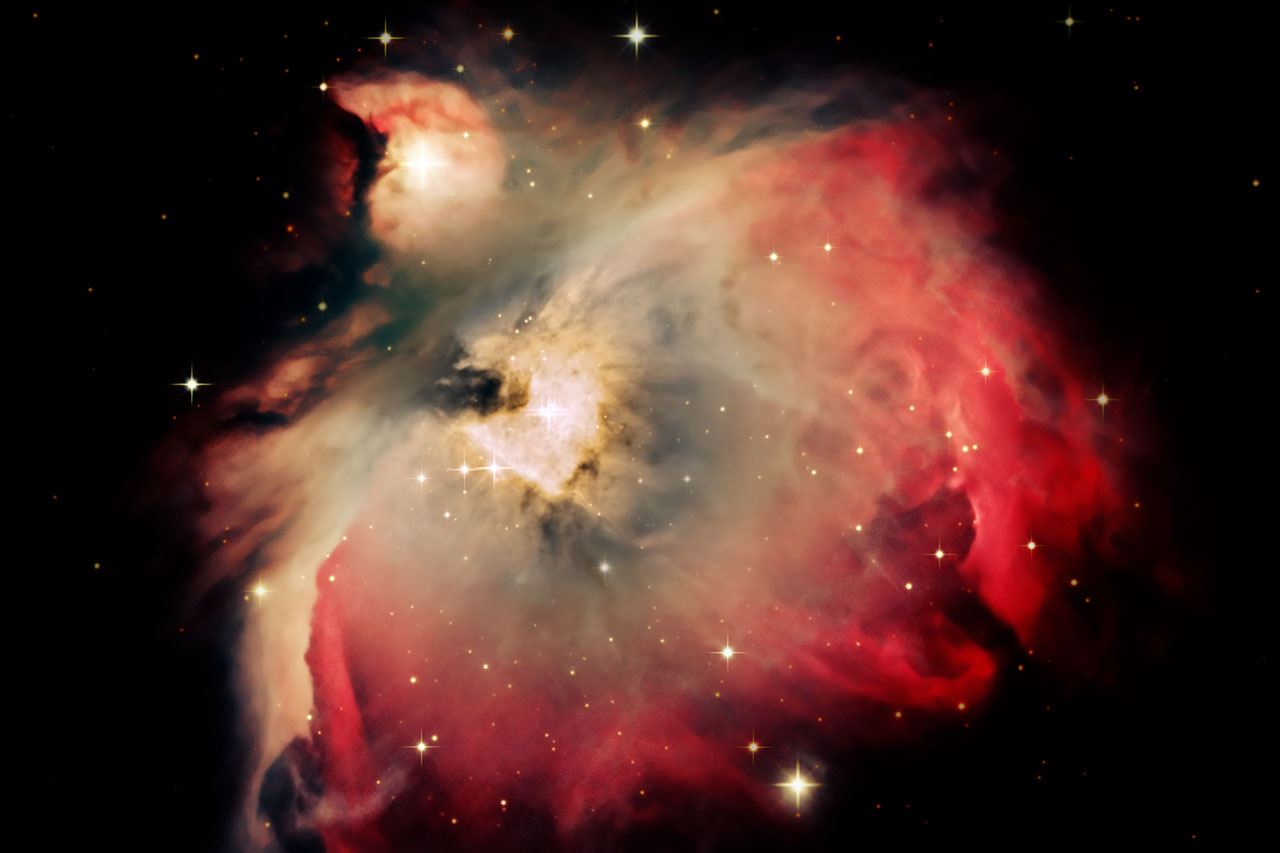 |
| Voyager 1 - Image credit: NASA/JPL-Caltech |
Scientists currently believe the age of our Universe to be about 13.8 billions years old. Our Sun is thought to be about 5 billion years old. There's evidence that simple-celled life first appeared on earth about 3.6 billion years ago. Fossil remains suggest that homo habilis emerged about 2.5 million years ago, and homo sapiens has been around perhaps 200,000 years -- though estimates vary, as do theories about when modern human behavior emerged.
To give you an idea of how short human existence has been, if we consider the age of the Universe to be one year that began on January 1, then our sun would have appeared around August 20 and our earth around September 3. Life in the form of simple cells would have been present near the end of September, and animals in the middle of December. Mammals would have come around December 26 and primates around December 30. The first hominids would have shown up around noon on December 31, and the first members of the genus homo would have arrived around 10:30pm. Homo sapiens would have appeared anatomically sometime sometime during the last 10 minutes of the year, begun to exhibit modern behavior perhaps in the last 2-3 minutes, and invented writing sometime during the last 15 seconds. Within this metaphorical cosmic year, the time of homo sapiens will that of one dance if we survive and thrive for another 50,000 years, and that of a thunderstorm if we last another 500,000.
Biological processes tend to be self-limiting. On earth, species have come and gone. If this is our fate and the fate of all intelligent life in the Universe, the chances of encounter depend greatly on how long it takes intelligent life to develop and how long it can survive. Let us suppose there are 100 trillion planets that will, at some point in their existence, have intelligent life capable of reaching out. If that were to happen at random for the period of one dance during my metaphorical cosmic year, we would have several hundred thousand potential partners. If the time of reaching out is more like the metaphorical thunderstorm, the number of potential partners increases to over half a billion. This may seem like good odds, but we also must take into account the vastness of space.
Given the time-distance involved, unless we learn how to communicate faster than the speed of light, it seems unlikely that we'll be exchanging signals any time soon with intelligent life outside our own galaxy. However, within our own Milky Way, which spans at least 100,000 light years in its longest direction, the Kepler space telescope has found over 1700 planets that are within 3,000 light years from earth. That's just since 2009, and our ability to find planets has recently gotten better. We now have reason to believe that there are many planets out there orbiting stars whose distance in light years is comparable to the 5,000 or so years since the earliest known evidence of writing.
Now, as a hypothetical exercise, let's suppose that the ~600 million stars within that distance have an average of one planet each that's in the habitable zone, and that complex life develops on 10% of those. If intelligent life is but a dance occurring randomly within the cosmic year, we would have 100 or so potential partners. If it's a thunderstorm, that number expands to over 3,000. If, on the other hand, it takes about the same amount of time for intelligent life to emerge on each planet, our chances of detecting it would be much greater. In addition, there's the chance of finding evidence of an intelligent civilization that once was and is no more.
Even so, what these back-of-the-envelope calculations suggest to me is that the search for ETI is an act of optimism, grounded in the hope that intelligence confers the ability to plant a continuing harvest for posterity rather depleting the soil or sowing the seeds of its own destruction.




